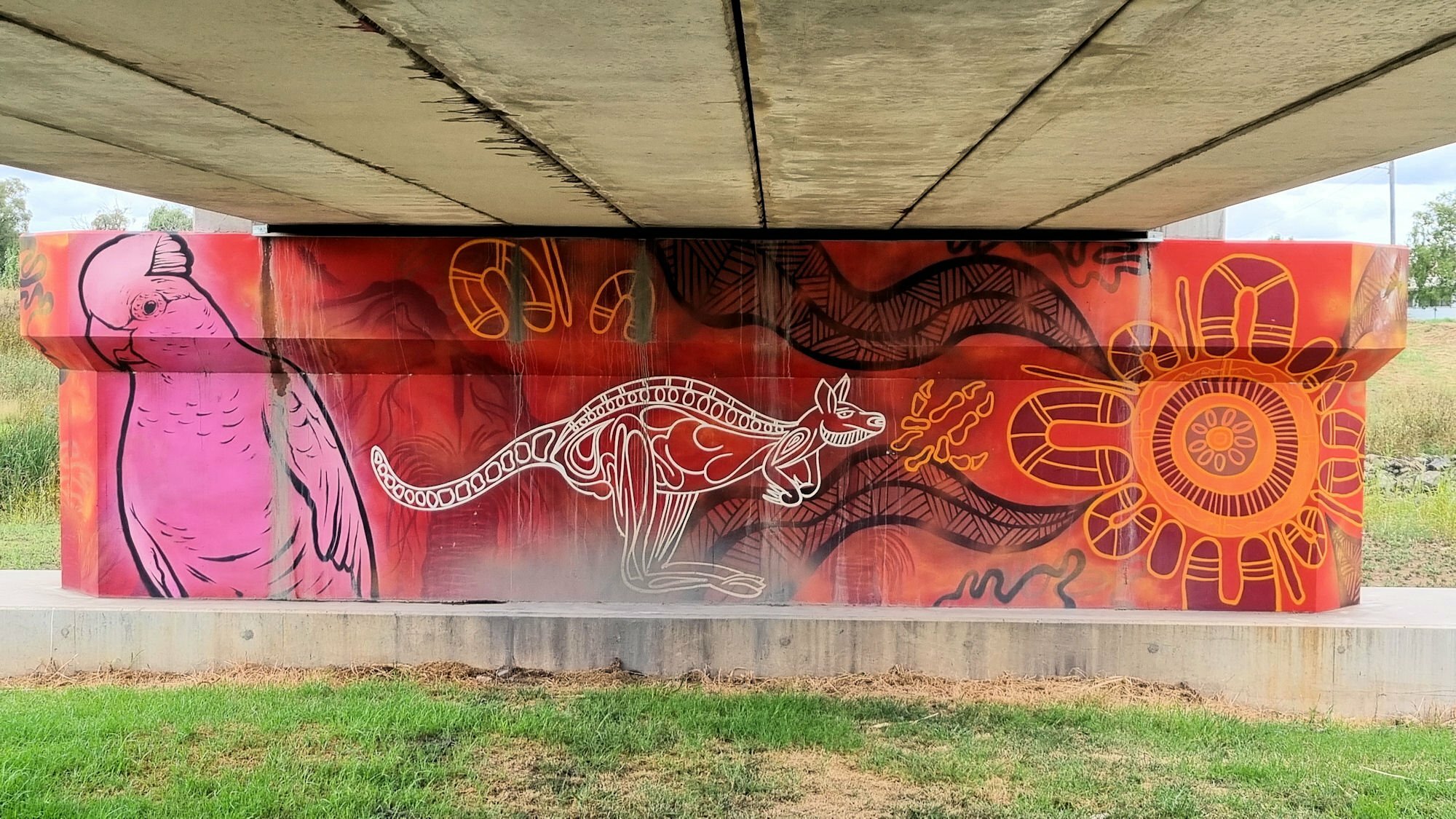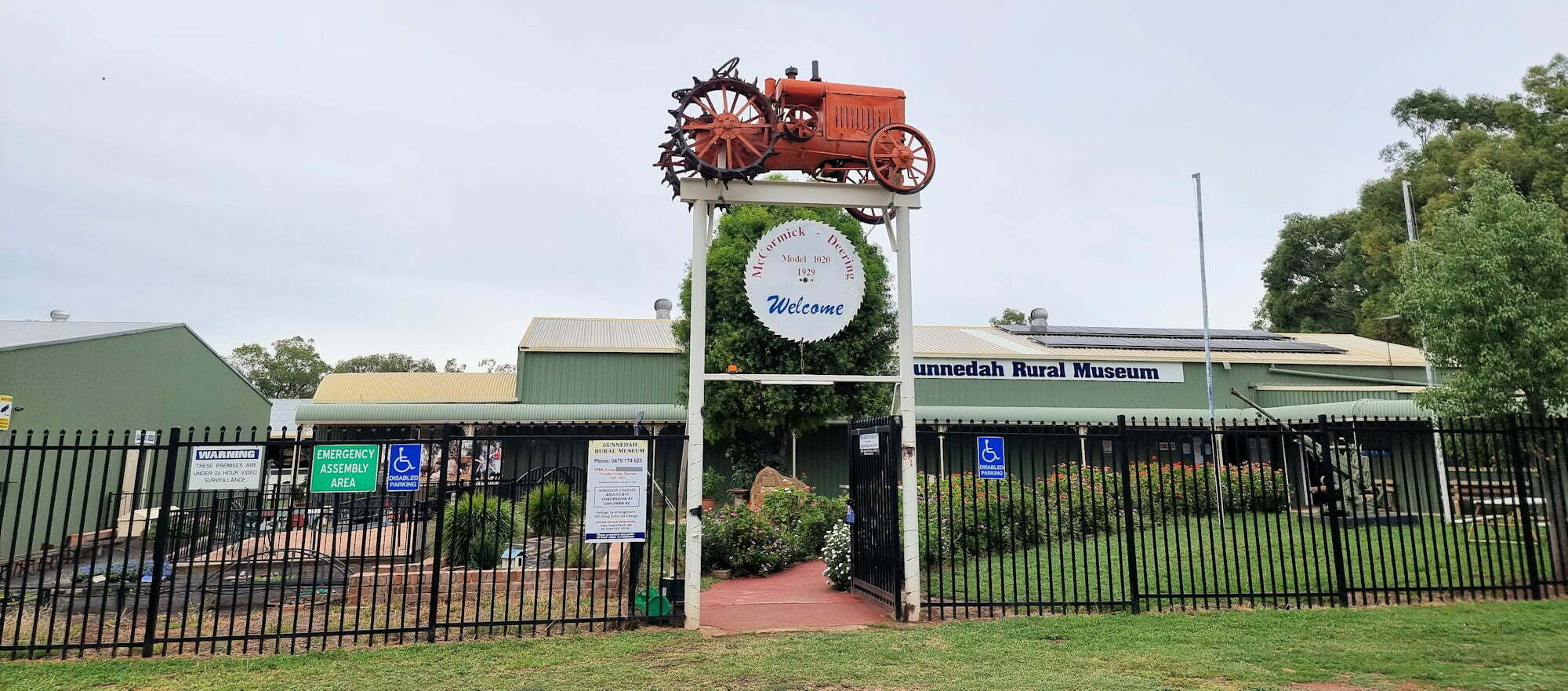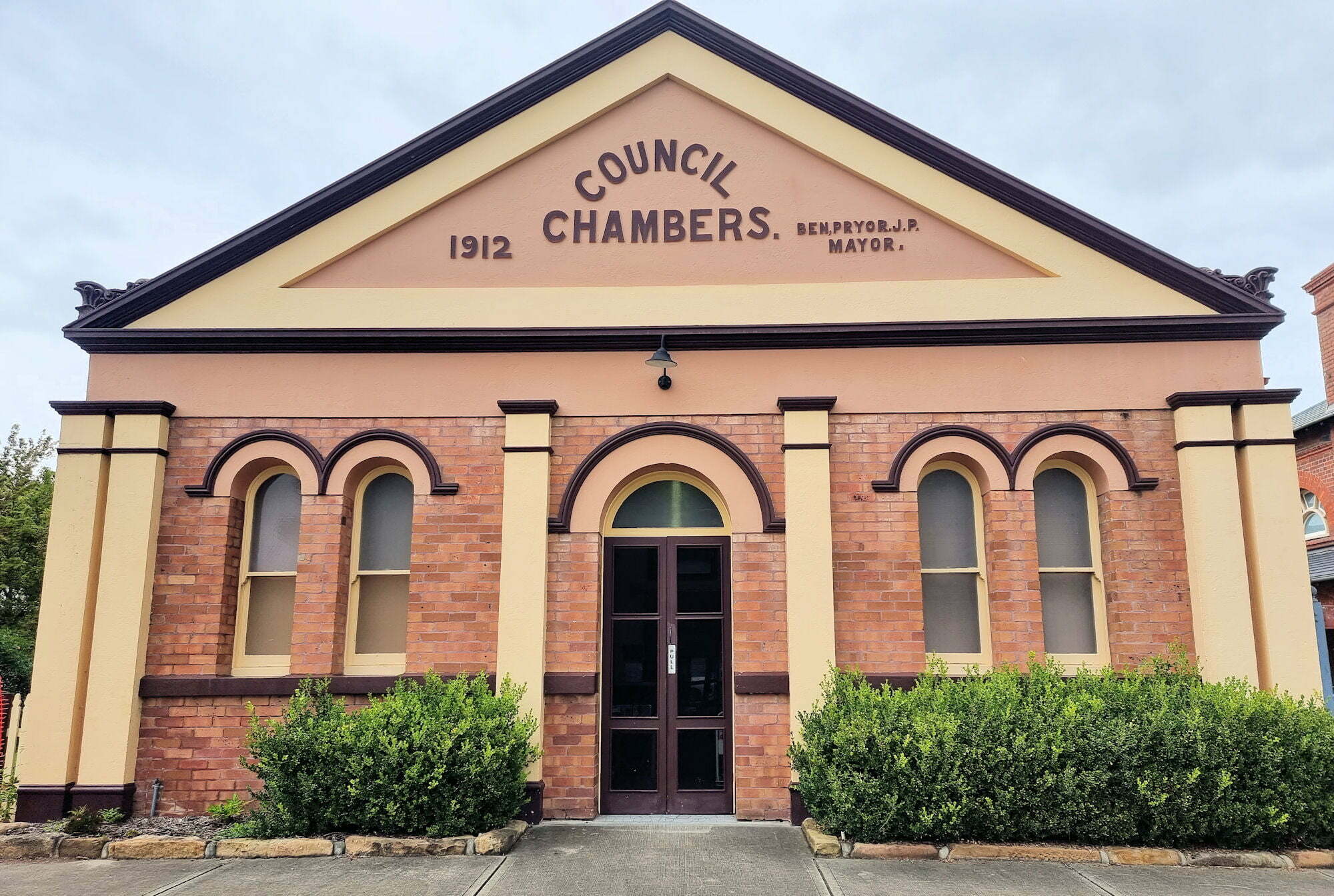Tag: New South Wales
-
Quirindi New South Wales

Quirindi New South Wales Located in the North West Slopes region of New South Wales, Quirindi is a small rural town dependant on the surrounding agriculture. We stopped here on our way home from Gunnedah, 83 km to the north so that we could see some of the interesting attractions in the town. Parking at… Read more
-
Gunnedah Rural Museum

Gunnedah Rural Museum Arriving at the museum we were greeted by a happy volunteer who gave us a map of the layout and told us to help ourselves to a tea or coffee. With our travels we have found rural museums occupy old houses, so are quite small. Not the Gunnedah Rural Museum, it takes… Read more
-
Greta Museum and Migrant Camp

Greta Museum and Migrant Camp Located in the New South Wales Hunter Valley, Greta once housed a large Australian Army camp, which later became a post-war migrant camp. Little remains of the camp apart from foundations and scattered stones. If the local museum did not keep the memory alive, it might have been forgotten completely.… Read more